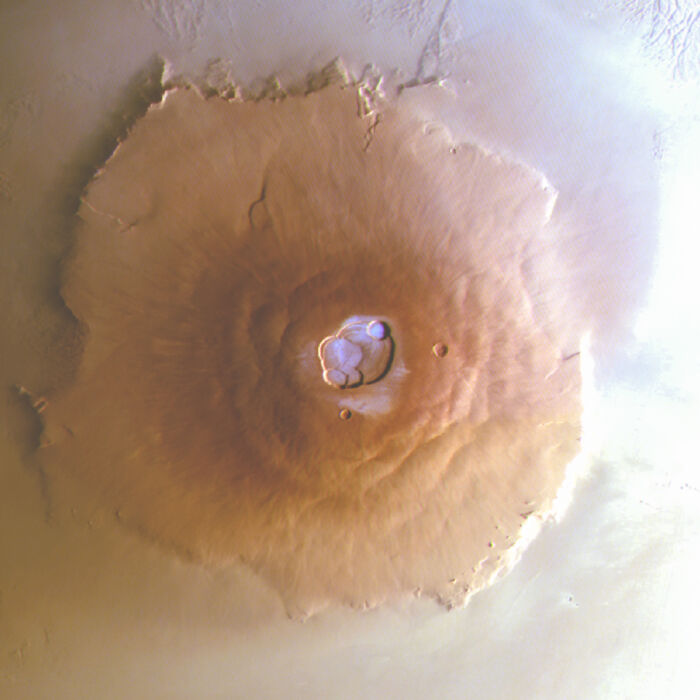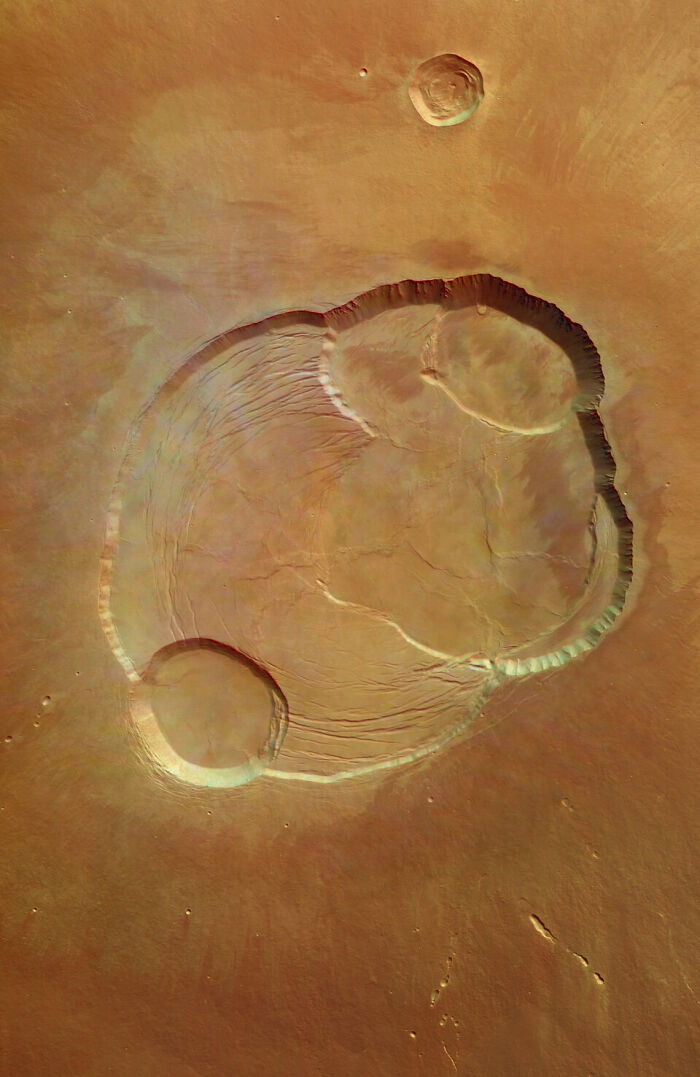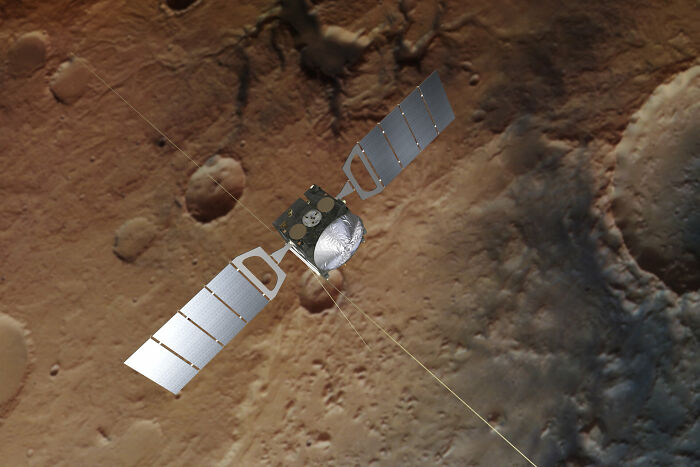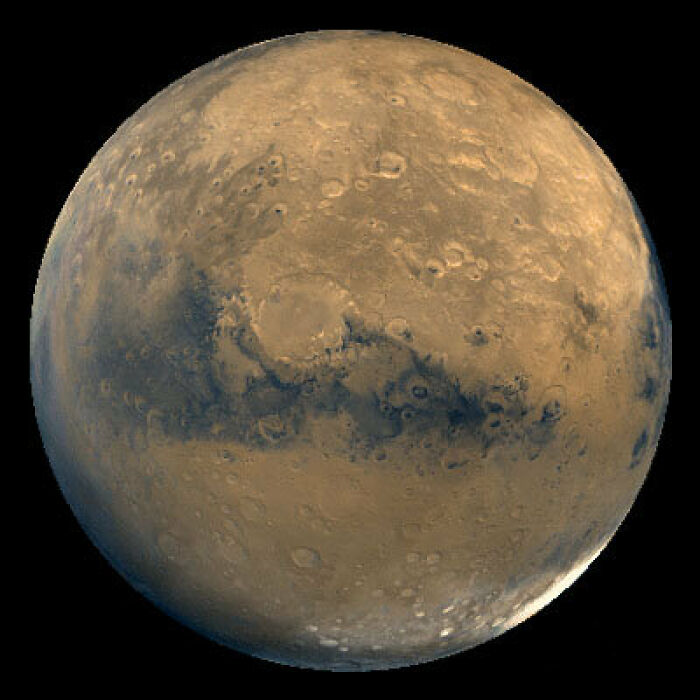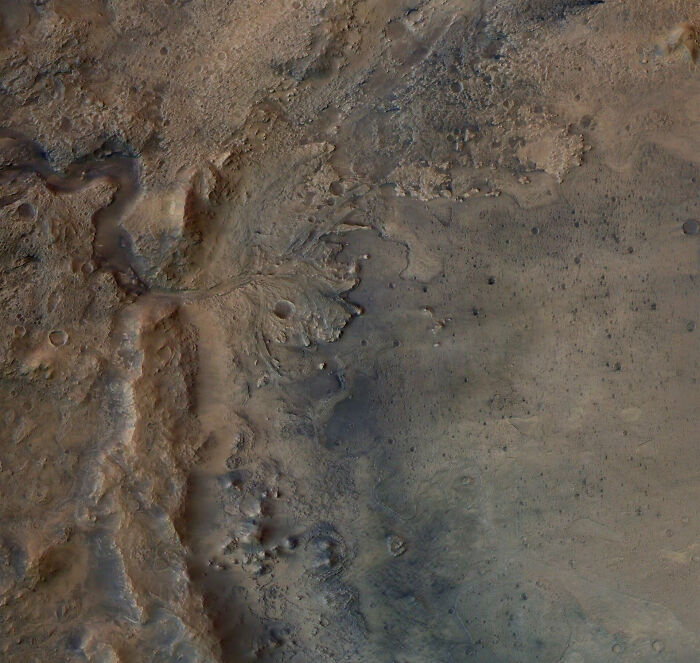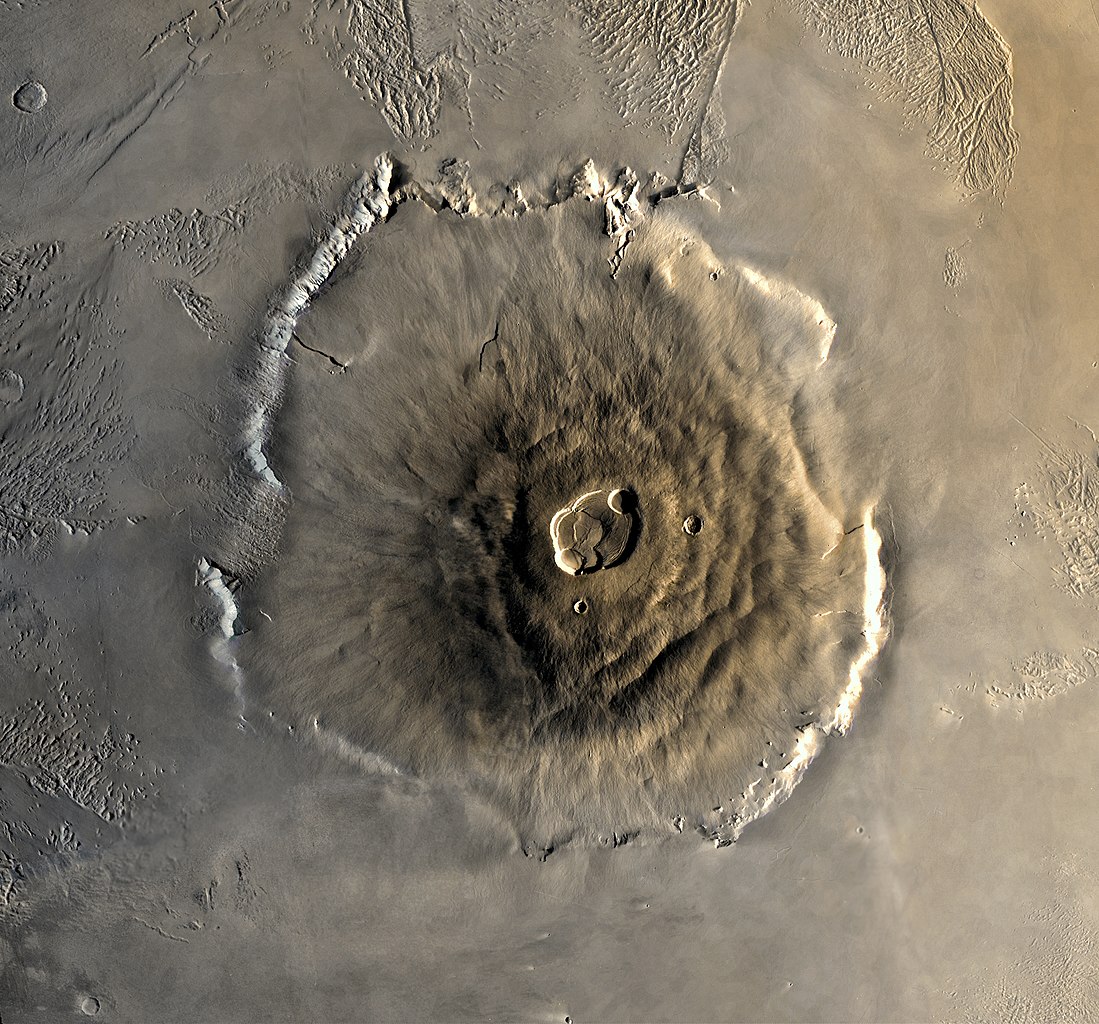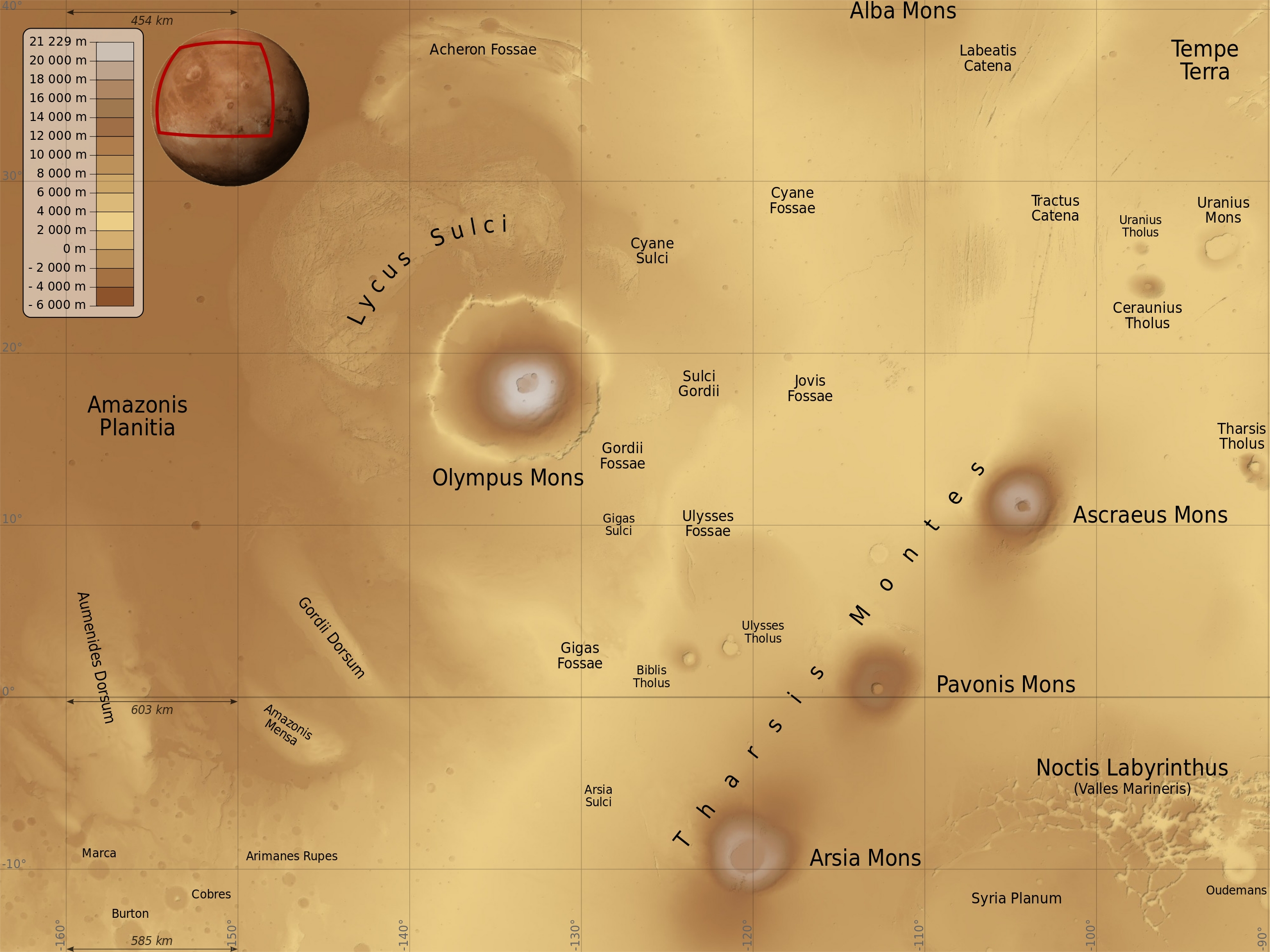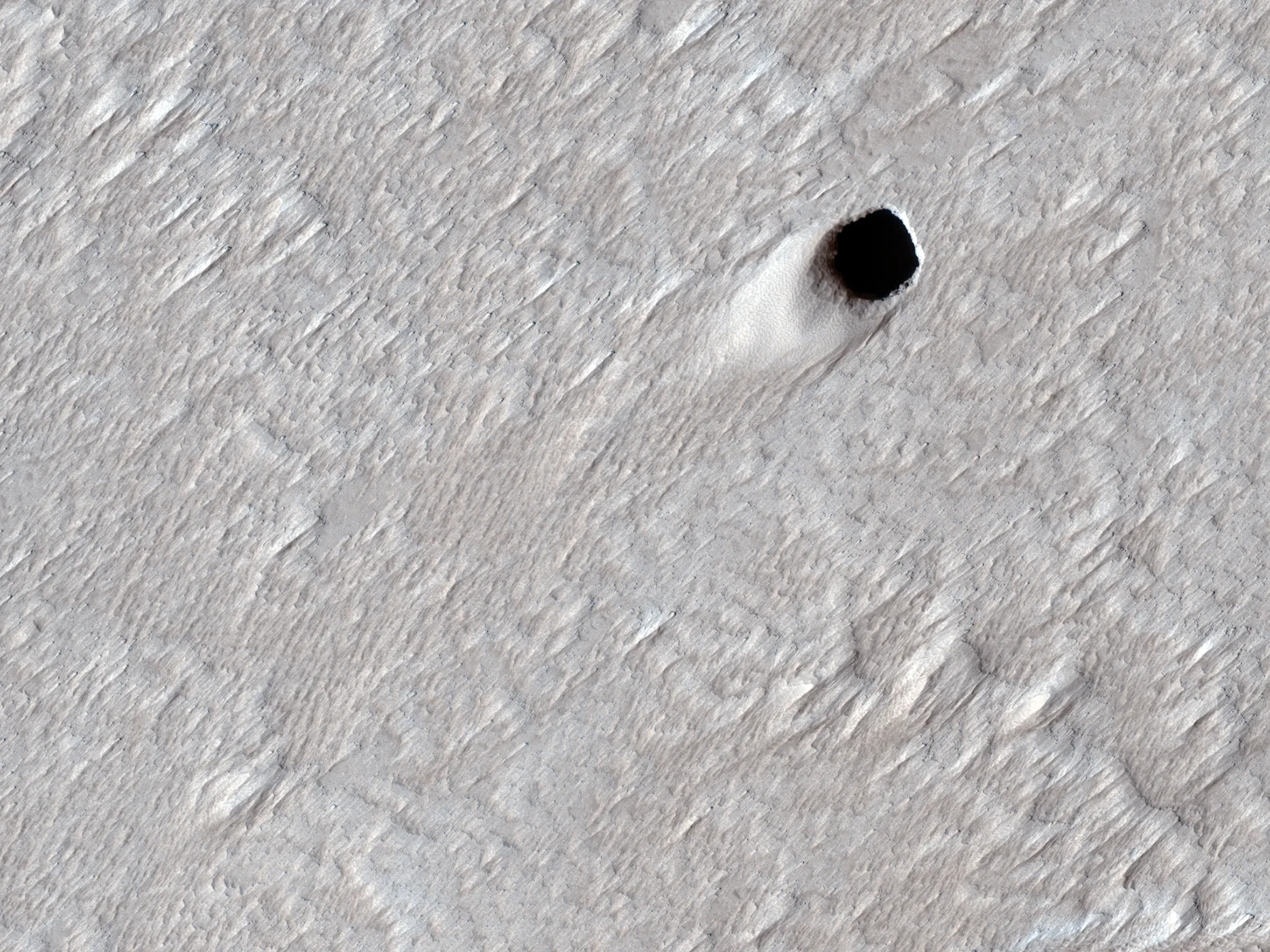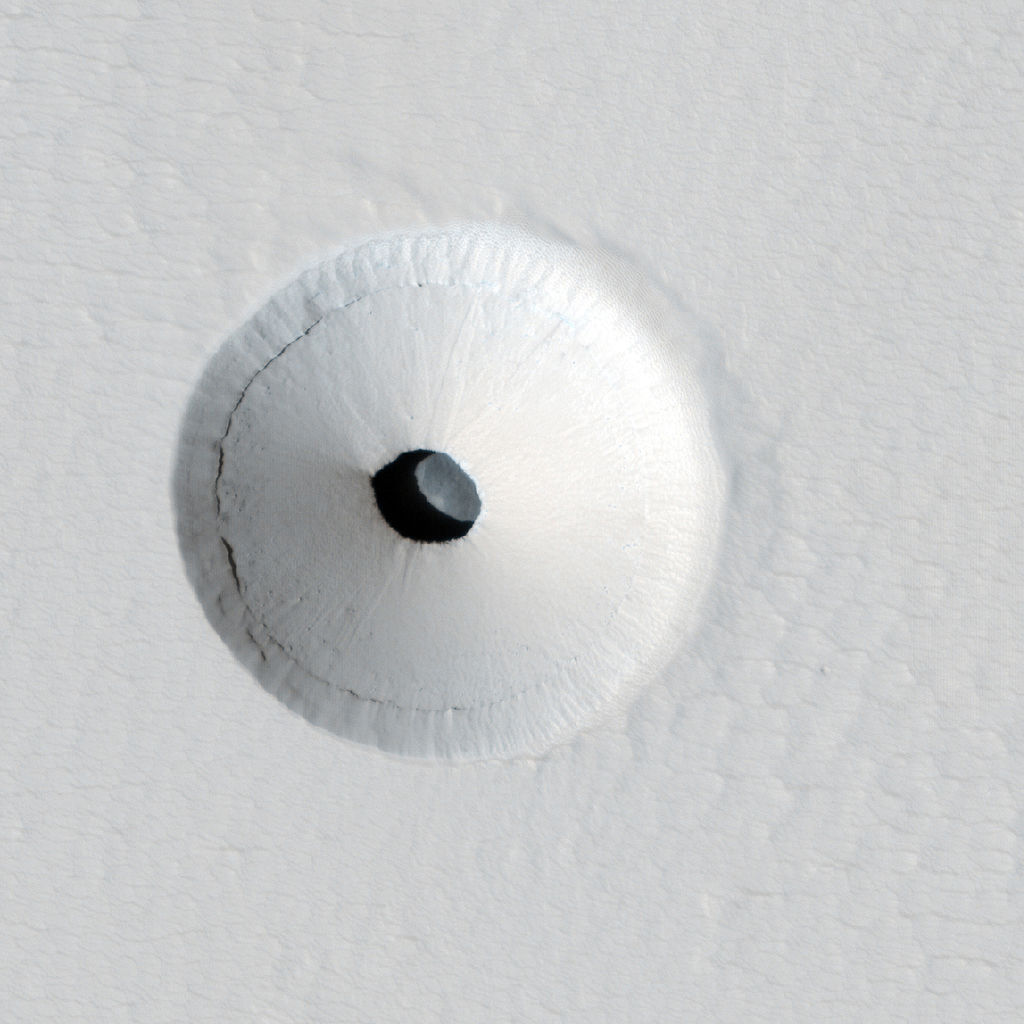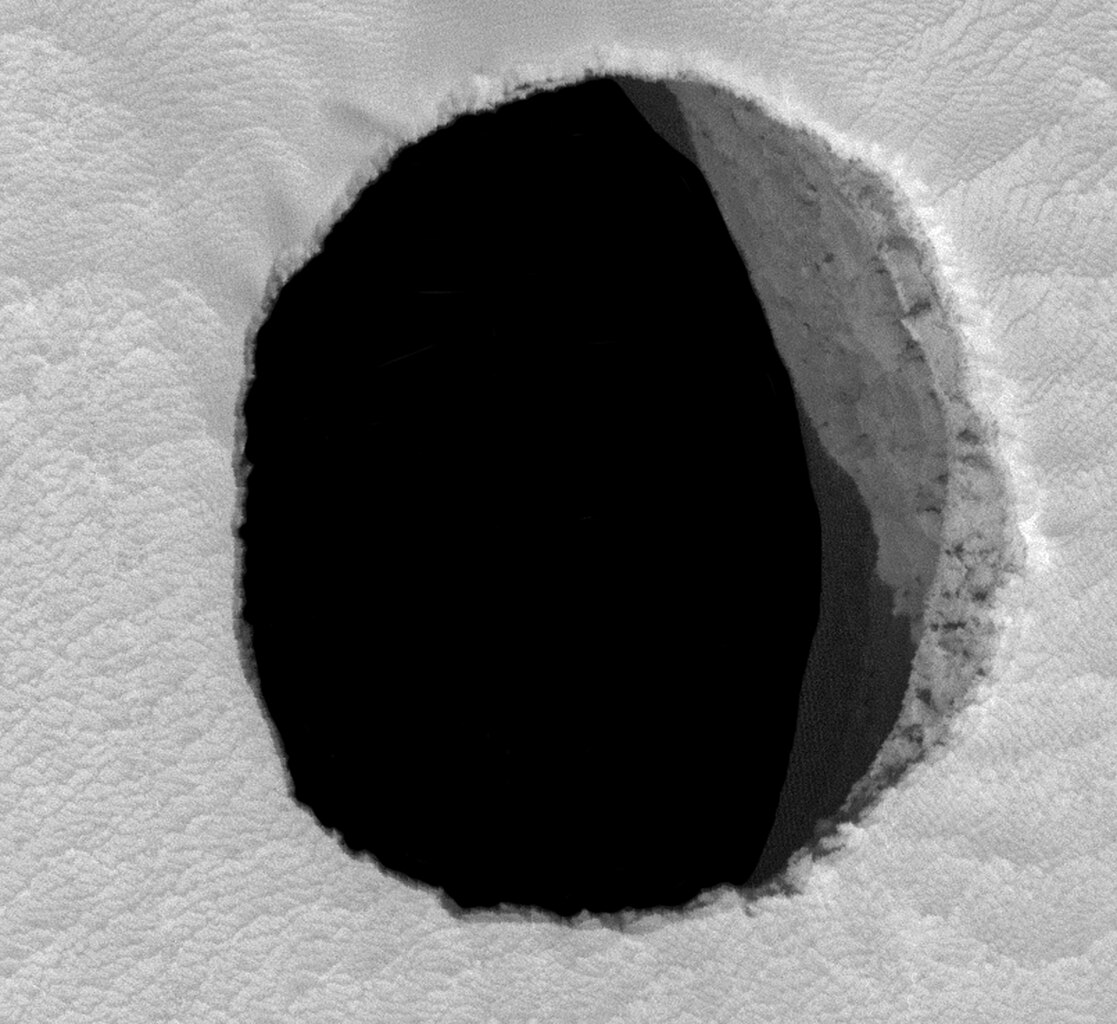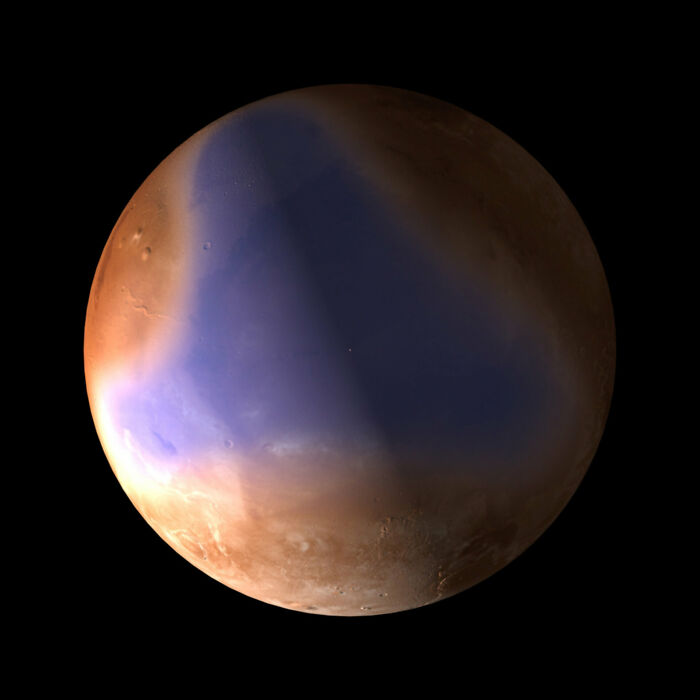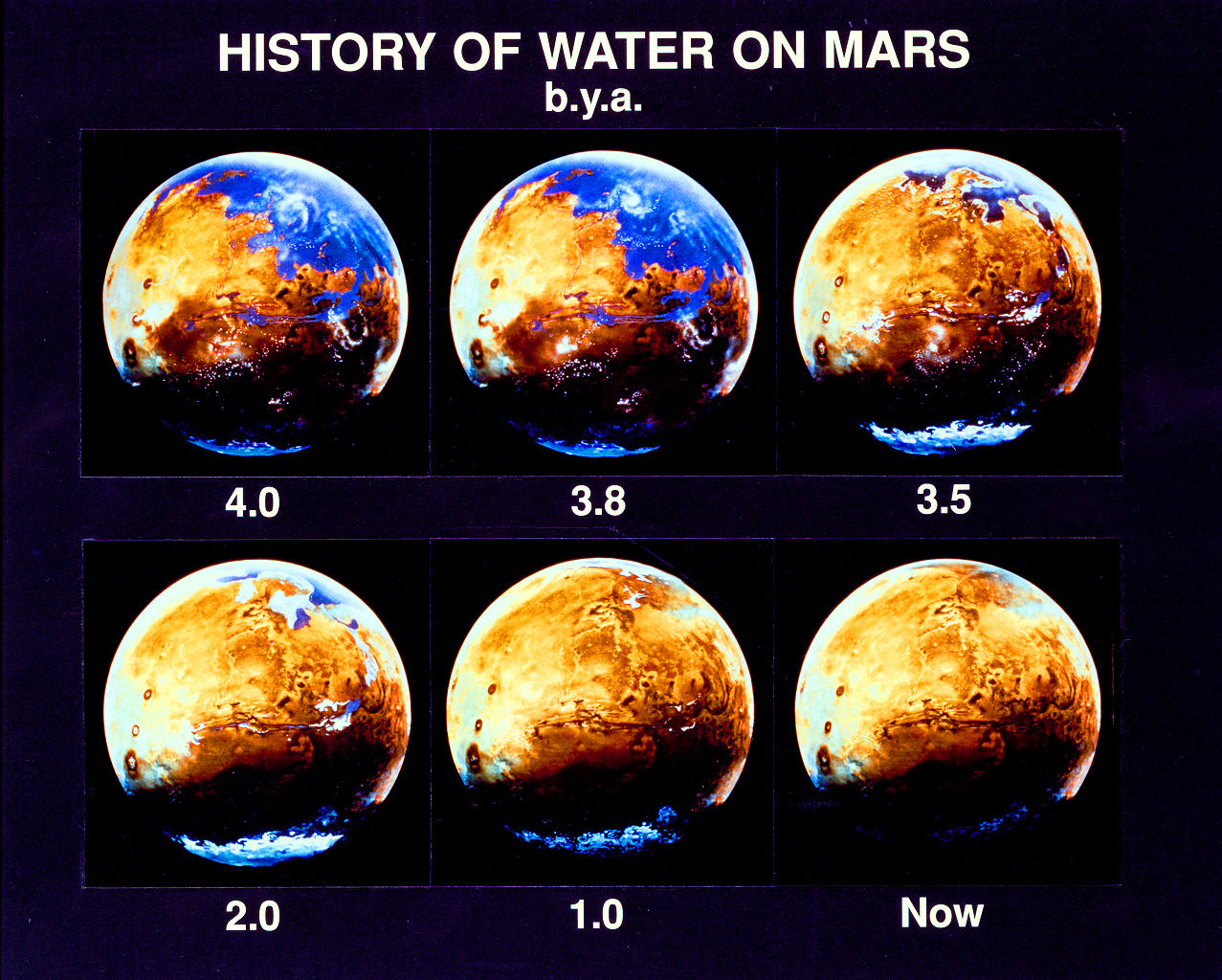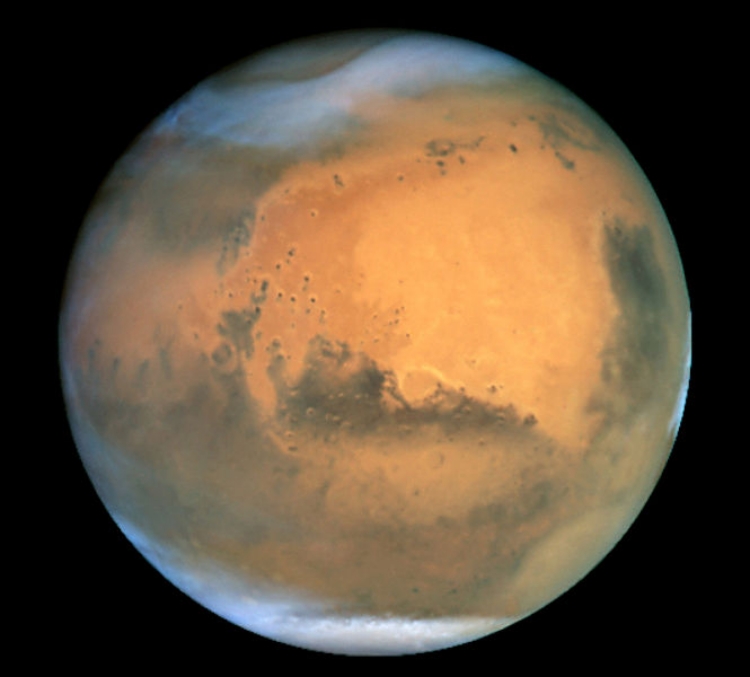Mars is the seventh largest planet in our solar system, and since the 1960s it has been explored by robots more than any other planet beyond Earth.
Mariner 9 imaging in 1971 revealed the first direct evidence of water on the Red Planet. Yet it was only thanks to ESA’s recent ExoMars and Mars Express missions that water frost was first spotted near Mars’ equator, a part where it was thought to It was impossible for gel to exist.
More info: Nature Geosciences
Dr. Adomas Valantinas and his team recently shared news of evidence of water freezing spotted near Mars’ equator.
Image credits: European Space Agency
Image credits: European Space Agency
Image credits: European Space Agency
The water freeze was detected above the Tharsis Montes region, atop the Olympus Mons volcano, which rises about 26 km above the Martian surface and is 3 times the height of Mount Everest, the highest high not only on Mars but throughout the solar system. This remarkable discovery was made first by ESA’s ExoMars Trace Gas Orbiter (TGO), then by ESA’s TGO and Mars Express.
The new data suggests the frost is only visible a few hours after sunrise before melting in the sun. Since Mars has a much thinner atmosphere than Earth, temperatures on the Red Planet’s surface can reach 70 degrees Fahrenheit and as low as -225 degrees Fahrenheit.
“We thought it was unlikely that frost would form around Mars’ equator, because the mix of sunlight and thin atmosphere keeps daytime temperatures relatively high on the surface and on mountain tops – unlike what we see on Earth, where one would expect to see frozen peaks,” shared Dr. Adomas Valantinas, who made the discovery as a doctoral student at the University of Bern, Switzerland , and who is now a postdoctoral researcher at Brown University, USA.
The research team speculates that the way air flows over volcanic mountains creates a very specific microclimate that allows these fine frost particles to turn into very thin layers about the width of a human hair . Despite its thinness, the gel covers an incredibly large area: the amount of gel represents around 150,000 tonnes of water, the equivalent of around 60 Olympic swimming pools.
“Its existence here is exciting and suggests that there are exceptional processes at play that allow the gel to form,” Valantinas added. “What we are observing could be a remnant of an ancient climate cycle on modern Mars, where there was precipitation and perhaps even snowfall on these volcanoes in the past.”
The frost was spotted with TGO’s CaSSIS instrument above the Tharsis Montes region, atop the Olympus Mons volcano.
Image credits: European Space Agency
Image credits: European Space Agency
Image credits: NASA
Image credits: Sémhur
Although this new discovery marks the first time water freezing has been observed near Mars’ equator, many of us are probably wondering why it hasn’t been spotted before.
“There are several reasons: first, we need an orbit that allows us to observe a location early in the morning. While ESA’s two Mars orbiters – Mars Express and TGO – have such orbits and can observe at any time of day, many other agencies are synchronized with the Sun and can only observe in the afternoon. “, explained Valantinas.
“Secondly, frost deposits are linked to colder Martian seasons, making the window for spotting them even narrower. In short, you have to know where and when to look for ephemeral jellies. We were looking for it near the equator for further research, but we didn’t expect to see it on the tops of volcanoes on Mars! he added.
The gel was spotted with TGO’s CaSSIS instrument and then confirmed by re-examining the area using TGO’s Nadir and Occultation for Mars Discovery (NOMAD) spectrometer and the Mars High-Resolution Stereo Camera (HRSC). Express.
“This discovery was possible thanks to a successful collaboration between the two ESA Mars orbiters and additional modeling. Understanding exactly what phenomena are the same or different on Earth and Mars really tests and improves our understanding of the fundamental processes that occur not only on our home planet, but elsewhere in the cosmos,” said Colin Wilson, ESA Project Scientist for ExoMars. TGO and Mars Express.
“Finding water on the surface of Mars is always exciting, both for its scientific interest and for its implications for human and robotic exploration,” he added. Wilson also pointed out that this new discovery is truly special because it shows that despite Mars’ low atmospheric pressure, which creates an unusual situation (the planet’s mountain peaks are generally no colder than its plains), it appears that humid air can still condense into gel. – a phenomenon similar to that of the Earth.
Another study investigated lava tubes on the surface of Mars, which in the future could provide astronauts with protection from extreme conditions.
Image credits: NASA
Image credits: NASA
Image credits: NASA
Another discovery made by another probe recently re-examined a series of mysterious holes, approximately 10 feet in diameter, located on the flanks of volcanoes in the Tharsis region of Mars.
Scientists believe these holes are “skylights,” or places where the ground above the lava tubes has collapsed and created a hole in the surface. If these lava tubes are similar to those we have on Earth, then, according to Brandon Johnson, a geophysicist at Purdue University, they could provide astronauts with protection against extreme conditions such as solar radiation, micrometeorites, fluctuations temperature extremes, winds, and regolith dust storms.
“We’ve seen more than one of these pits on Mars,” said Johnson, who studies impact craters across the solar system. “But they’re really interesting because they’re places where astronauts could go and be safe from radiation.”
But to better understand the conditions, a more detailed investigation is absolutely necessary.
“On Earth, these lava tubes can be large enough to walk around in, but they can also be small or the voids can be discrete or discontinuous,” said Ross Beyer, a planetary scientist at the SETI Institute.
“So these pits that we see could open into larger caves, or they could just be isolated pits. There’s no way to know what’s in them until we explore them in more detail,” he explained.
Johnson mentioned that the best way to get more information about conditions in the lava tubes would be to physically enter them using a rover: “There are proposed missions for a robot to advance basically on a line and go down into one of these skylights and be able to explore what’s inside of them.
Since hypothetically, the mysterious holes could offer shelter from the planet’s hard surface, they could also be the best place to search for possible extraterrestrial life.
Image credits: European Space Agency
Image credits: NASA
Image credits: NASA
The Tharsis region covers nearly 25% of the Red Planet’s surface, and each new study provides scientists with critical information for future exploration and the search for possible signs of life.
At the moment the only information comes from cameras orbiting in space, but we hope that soon it will be possible to physically explore Mars. And then, who knows how the most Earth-like planet will surprise us next.
Internet users shared their enthusiasm for the new discoveries on Mars.
[ad_2]
Source link
